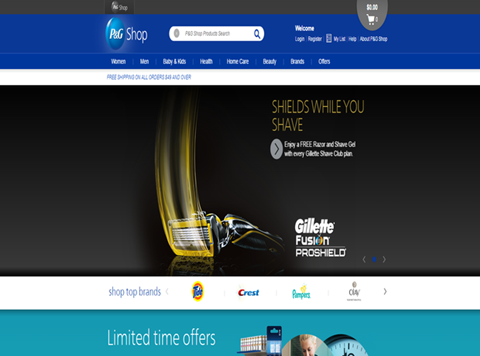
Disintermediation is an important opportunity for fmcg suppliers, but direct selling won’t become a mainstream route to market, Procter & Gamble (PG) CFO Jon Moeller has said.
Direct-to-consumer sales in P&G’s product categories currently accounted for about 0.3% of sales globally, Moeller told an analyst call on P&G’s Q1 2017 results earlier this week.
“I’m not saying that to indicate that it’s not a potentially important tool for us, I believe it is,” Moeller said. “But I don’t see a mass move, call it 20% or 30% of the market, to direct-to-consumer consumption.”
“How many people do you really know that want to satisfy their household products shopping needs by going to 40 different websites with 40 different passwords and 40 different packages that arrive at 40 different times?”
Jon Moeller, P&G CFO
“If you just think about the experience of that: how many people do you really know that want to satisfy their household products shopping needs in a month or two by going to 40 different websites with 40 different passwords and 40 different packages that arrive at 40 different times?”
P&G is widely seen as one of the most bullish suppliers on direct-to-consumer selling, with initiatives such as pgshop.com in the US, which allows consumers to buy P&G products directly from the company. It also offers direct-buying options for its SK-II premium skincare range.
“There are opportunities for us to increase our relevance from a selling and brand building standpoint in a direct-to-consumer context across several of our categories, and we’re mobilising against those,” Moeller said. “Again, I’m not in any way denigrating the opportunity that tool presents us and we need to fully capitalize on that, which we’re working to do, but I did want to provide just a little bit of context.
Q1 results
P&G this week reported net sales of $16.5bn (£13.5bn) for the first quarter of its 2017 fiscal year, flat on last year due to negative impacts from currency movements. On an organic basis, sales were up 3% year on year. Net earnings stood at £2.7bn, up 4% from $2.6bn, while gross margin was 51% compared with 50.7% a year ago.
Moeller said costs had increased considerably for some raw materials, contributing to a “modest hurt” to gross margin in the quarter. “Feedstock costs for propylene, ethylene and tropical oils are up as much as mid-teens since we set our initial budgets for the year,” he said.
P&G is maintaining its guidance for organic sales growth of about 2% in 2017, with net sales growth of about 1% due to currency impacts and minor brand divestitures. It also reiterated its guidance for core earnings per share growth.
“Our first quarter results mark a good start to the fiscal year,” said P&G chairman, president and CEO David Taylor. “We delivered broad-based organic sales growth improvement across product categories and markets, as well as strong cost savings.”
Taylor added: “We’re pleased with the progress we’re making, but there is still more work to do to get back to the levels of balanced top- and bottom-line growth and cash generation that will consistently put P&G shareholder value creation among the best in our industry.”









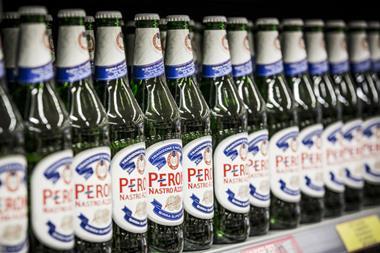


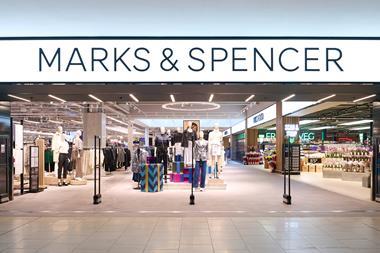



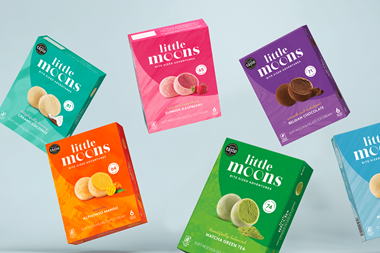
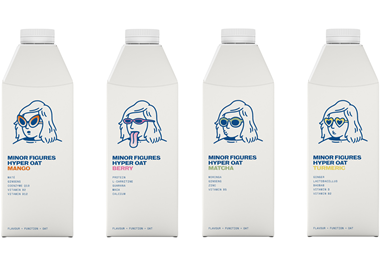
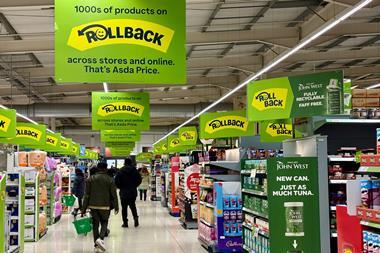
No comments yet